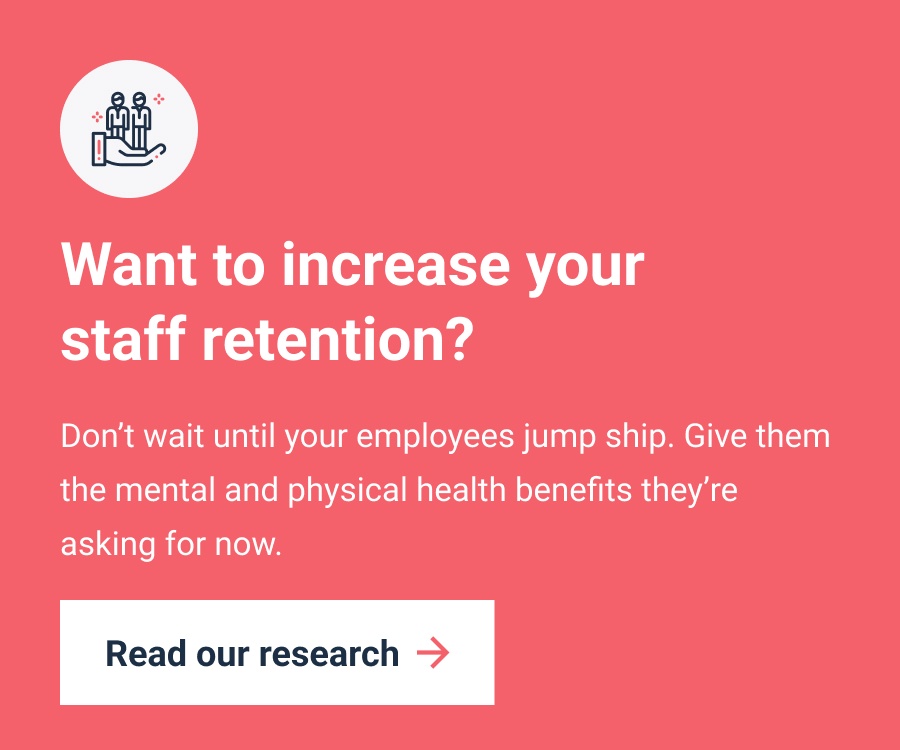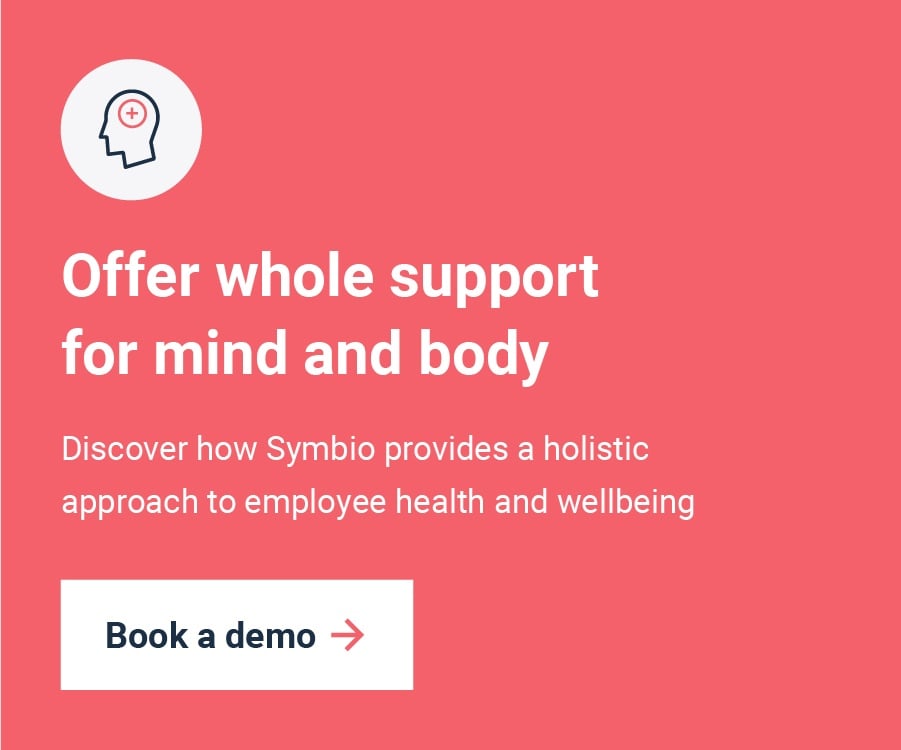You are responsible for the health and safety of your employees while they’re at work, even when they’re working from home.
More and more employees are eager for the option of remote working. However, this raises health and safety issues, as well as confusion around what aspects companies are responsible for.
After all, when your team is remote or hybrid working, health and safety can seem complex. There are different considerations when your people aren't nestled in your risk assessed office.
Never fear. Every issue has a simple solution. Here are four that no employer can afford to ignore.
Common home working health and safety issues and solutions
1. Equipment that isn’t fit for purpose
The onus is on you to ensure that employees have the equipment they need to do their jobs safely.
You’re only responsible for the safety of electrical equipment that you provided. Equipment already in the home is the responsibility of the employee. Chances are that you won’t be visiting everyone to carry out risk assessments. So even if you invest in top quality kit, you still have little control over the wider work environment of each person.
Address this:
Ask your employees to assess the risk of the electrical equipment in their home working space.
Encourage them to let you know if there’s any equipment they need for their role, that they don’t have. Baking all this into your policies and training is ideal.
2. Incorrect workstation and display set up
Everybody needs a work environment that supports their health. Ensuring this for your employees might involve you investing in equipment like laptop stands, wrist supports, adjustable chairs and footrests.
Keep in mind though, not everyone will have the same needs and preferences. If display screen equipment regulations apply to your workers, you need to carry out individual assessments.
Address this:
Maintaining good posture is key to avoiding musculoskeletal problems. Not everyone will need the same equipment to support this. Train your employees to carry out their own display screen assessment. Use the findings to determine what equipment they need.
Supporting employees to take responsibility for their own wellbeing is important too. Using a holistic wellbeing platform like Symbio, they can find exercises that combat repetitive strain and book appointments with musculoskeletal specialists when necessary.
3. Stress, isolation and the propensity to overwork
When people work from home, they can find themselves struggling to switch off, working longer hours and taking fewer breaks. Left unaddressed, these behaviours could lead to stress and burnout.
The move to remote working has changed our relationships with colleagues too. The casual conversations we used to have while waiting for a kettle to boil don’t happen naturally when we’re physically remote. This can lead to feelings of isolation and low morale.
Address this:
If you don’t already have one, create a wellbeing strategy. If you do, fantastic. Now ask yourself whether your strategy is fully integrated into everyday working culture. And is it flexible enough to support everyone? Look at uptake levels. Ask for feedback.
Also ensure that more than one person in the organisation has the skills and training to perform each task. That way, if an employee takes time off, they don’t return to a daunting backlog.
4. Less direct supervision makes it harder to raise the alarm during an emergency
Accidents happen. Emergencies arise and employees working from home can find it more difficult to alert you when things go wrong.
Address this:
Ensure that people know what to do in an emergency. A recent survey by the UK government reveals that only 60 percent of workers received work place training in 2022. It also revealed that induction training had only been offered to 25 percent. Everyone should get basic training, covering health and safety, emergency procedures and accident reporting.
Some emergencies can be avoided with proper preventative measures. By working with us, your employees could use our in-depth Health Risk Assessment tool to understand, monitor and improve their health over time.
Supporting employee health and wellbeing
Ensuring the health and safety of your home-working employees requires clear, two-way communication. Robust policies and relevant, companywide training are essential.
Beyond that though, embedding a culture that empowers people to take responsibility for their own wellbeing will prevent many problems from arising in the first place. If people are aware of their needs and comfortable to alert you when they require support, you’ll reduce instances of presenteeism and avoid more acute safety concerns.
Consider a holistic wellbeing app like Symbio, to provide your employees with personalised, accessible, health and wellbeing support, and you with the opportunity to monitor impact.






